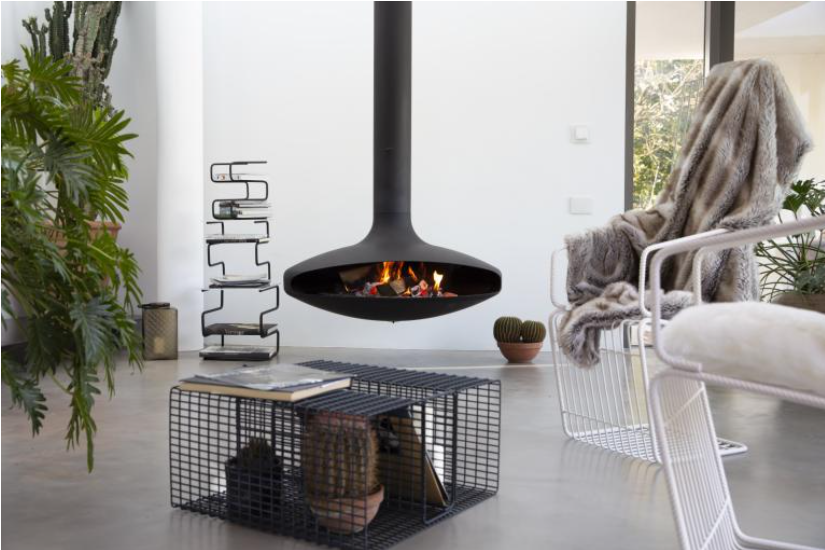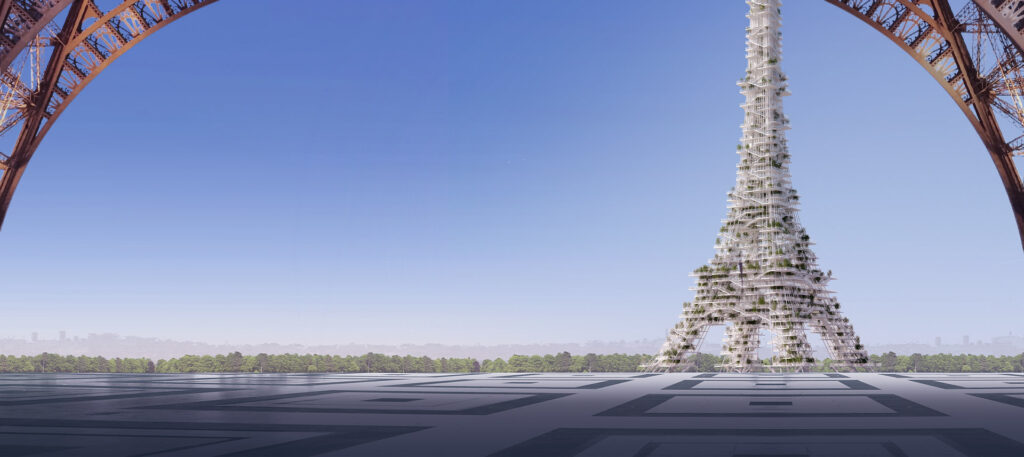What happens to a product when you’ve finished using it? Maybe parts of it get recycled. Or maybe it heads straight to landfill, joining the colossal 2.12 billion tons of waste that gets dumped every year. It’s a question we’re being asked to consider more and more, especially when as much as 99% of the items we buy are discarded within just six months. How can a circular economy help reduce this level of waste and protect our planet?
Industry bodies like the UN-Habitat, an organization within the United Nations (UN) focused on urbanization, call on society to change the way we consume goods, and look to repair broken items, recycle correctly and avoid single-use plastics. Meanwhile businesses are being asked to think about what will happen to their products once they’ve fulfilled their intended function and find ways to restore and regenerate them, instead of letting them go to waste. We call this the circular economy.
The Ellen Macarthur Foundation, a key proponent of the circular economy and one of the first to coin the term, defines the circular economy as a system “where waste is eliminated, resources are circulated, and nature is regenerated.” It encourages businesses to move away from the prevalent take-make-waste system and embrace the circular economy, where waste isn’t produced in the first place.
Legislation, including the EU’s Action Plan for the Circular Economy and China’s Circular Economy Promotion Law, is helping to drive real change. These laws encourage businesses to invest in the circular economy and find ways of the transforming their industries, so they serve people and the environment.
As businesses ramp up their sustainability policies and adapt their processes and products to make better use of what is already available to them, here are six circular economy examples:

1. Circular processes: Making furniture from steel rods
Steel rods embedded deep within concrete foundations are not something we usually see or celebrate as a design feature. Italian furniture startup KINDOF is changing that by using recycled steel rods to create a range of chairs, tables, bookcases and accessories that embrace the material’s raw, industrial appeal. It’s a circular business model and approach to sustainable design that really sets KINDOF apart.
The company uses metal scrap from its fellow family business Ghielmimport in Switzerland, a supplier of cement, rebar and building material. It has perfected a manufacturing method to make the most of each rod, bending it in at least three places to form the 3D furniture frame, with no need for joints. Sustainable by its very design, each product is finished using non-toxic substances that do not harm the environment and ensure the material can be recycled again.
“Sustainability is really important to us; it’s not something we’ve forced,” said Camilla Mazzola, brand and marketing manager at KINDOF.[RJ1] “We never extract raw materials to make our steel rods and we consider the environmental aspect at every stage, all the way down to the furniture finishes. We are ensuring we’re in the circular economy in that our furniture is designed to last and could eventually be melted down again to create new products.”

2. Transition to a circular economy for plastic
The Coca-Cola Company produces around 3 million tons of plastic packaging globally each year – the equivalent of about 200,000 bottles a minute. So it was a big deal, then, when the soft drinks manufacturer made the decision to support a circular economy for plastic packaging by switching to 100% recycled PET plastic for its DASANI brand and making Sprite bottles from clear instead of their signature green plastic.
Why? Even though green PET is recyclable, because of its color it tends to be converted into single-use items like clothing and carpeting. Clear PET, however, can be used to make new plastic bottles again and again.
Coca-Cola estimates that its transition to 100% recycled plastic will save more than 20 million pounds of new plastic, compared to 2019, and cut more than 25,000 metric tons of greenhouse gas emissions in 2023.

3. Reimagining iconic buildings for a sustainable world
Built over 130 years ago,the Eiffel Tower in Paris is one of the world’s most iconic landmarks and a symbol of scientific and technical progress for its time. Fast forward to today and how could it be reimagined to be more sustainable?
That’s exactly what a team of international experts did in the “Building Tomorrow” project. Together, they explored different ways of thinking and working, using virtual twin technology, circular economy principles and eco-design ideas to come up with a new tower design.
Watch this video series to see how the reimagined Eiffel Tower turned out.
4. Circular economy solutions: Repairing rather than replacing electronic products
Every year, we generate around 50 million metric tons of electronic waste, called e-waste. That’s because at the moment we only recycle about 20% of the electronic devices we discard. Most end up in landfill or head to developing countries where they aren’t disposed of properly, posing a threat to local communities and polluting soil and waterways.
Steps are being taken to change this. For the 2020 Olympic and Paralympic Games in Tokyo, around 32kg of gold, 3,500kg of silver, and 2,200kg of bronze was recovered from thousands of tons of electronics to make medals. While in France, policy makers have introduced a repairability index. It requires stores to display information about whether electronic products can be repaired and how – a key step toward a more circular economy for electronics.
5. Circular manufacturing: Europe’s first circular economy car factory
French car manufacturer Groupe Renault was one of the first in the automotive industry to introduce circular economy principles into its business. Since 2000, it has been on a mission to turn waste into valuable resources and extend the life of its vehicles and components.
One of the company’s latest initiatives has been to set up the Refactory in Flins, France – Europe’s first circular economy plant. As part of its activities, the Refactory will repair the bodywork of heavily damaged vehicles for fleets and insurance companies, targeting the repair of 3,000 vehicles in 2023 and scaling up to 25,000 vehicles in 2025.
6. Circular design examples: Using art as a force for positive, sustainable change
Aurora is no regular art installation. Unveiled as part of the Design Museum’s exhibition entitled “Waste Age: What can design do?” it aimed to show how a circular economy approach to design can reduce waste and reduce its environmental impact across the globe.
To bring the Aurora project to life, Dassault Systèmes collaborated with architect Arthur Mamou-Mani. Together, they explored circular architecture and developed 3D-printable materials, which could be printed, broken down and re-printed on site to create different structures. The result: one of the most beautiful circular economy examples anywhere and an interactive art installation where visitors could see the hanging honeycomb like structures being crushed, melted and reformed before their very eyes.
“Waste is a strange concept, it means that there is something that ends and is useless,” Mamou-Mani explained in a video interview. “Aurora is using bioplastic made from fermented sugar called PLA. It’s about 80% more efficient than petroleum-based plastic. We’re trying to show the full lifecycle of materials from where they come from, to where they go.”

